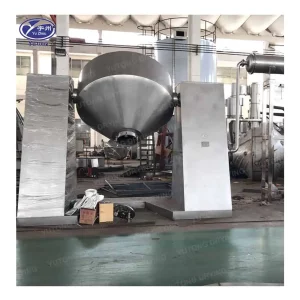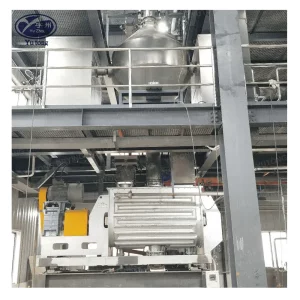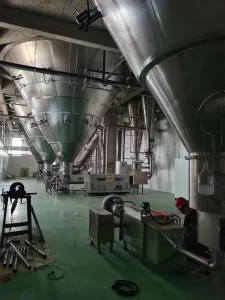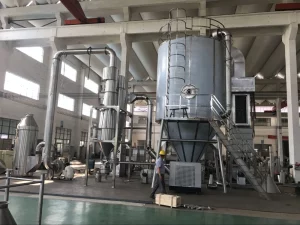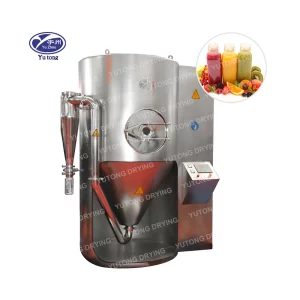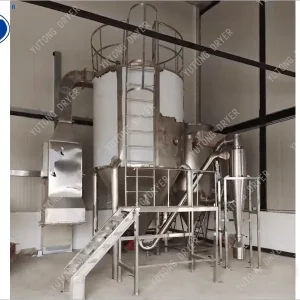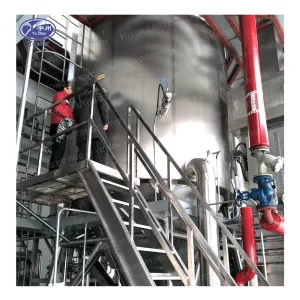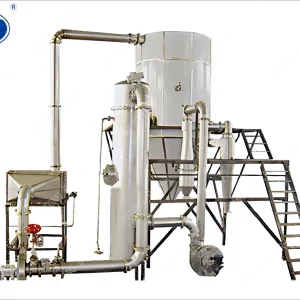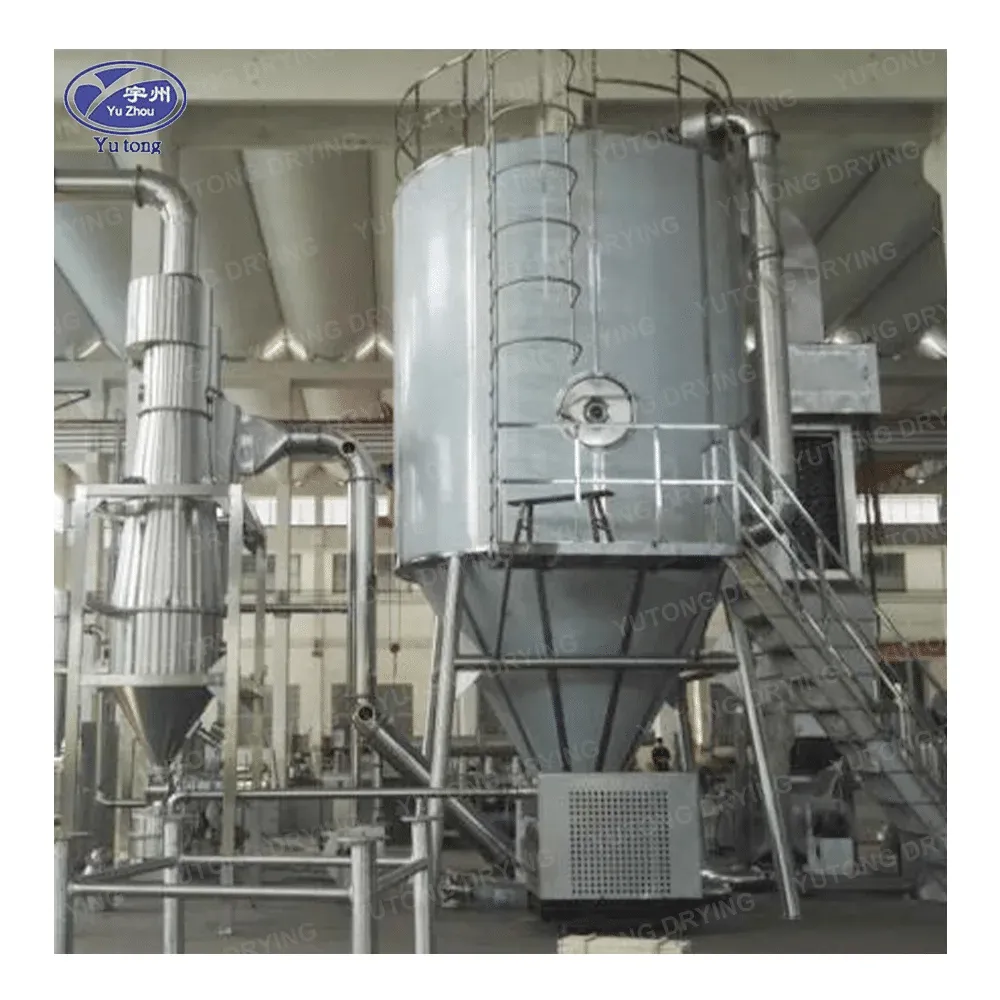Compressed air systems are essential components of numerous industrial and commercial processes, providing power for tools, machinery, and automation equipment. However, one critical aspect often overlooked in maintaining the efficiency and reliability of these systems is the management of compressed air quality. Moisture, in the form of water vapor, can cause significant problems within compressed air systems, leading to corrosion, freezing, and contamination of end-use applications. This is where refrigerant dryers come into play. In this comprehensive article, we will explore the function, operation, and importance of refrigerant dryers in ensuring optimal compressed air quality.
Understanding the Need for Compressed Air Drying
When air is compressed, it becomes warmer, and its capacity to hold moisture increases. As the compressed air cools down, the excess moisture condenses into liquid water, which can accumulate within the compressed air system. This water can cause corrosion in pipelines and storage tanks, damage sensitive equipment, and compromise the performance of pneumatic devices. Additionally, in cold environments, the water can freeze, leading to blockages and system failures. To prevent these issues, it is essential to remove the moisture from the compressed air, which is where refrigerant dryers play a crucial role.
How Refrigerant Dryers Work
Refrigerant dryers operate based on the principle of cooling the compressed air to a point where the moisture condenses and can be easily removed. The process can be broken down into several key steps:
1. Cooling the Compressed Air: The compressed air enters the refrigerant dryer from the compressor and is directed to the air-to-refrigerant heat exchanger. Here, the warm compressed air is cooled by the refrigerant, causing the moisture to condense into liquid droplets.
2. Condensation and Drainage: The condensed moisture, now in the form of liquid water, collects at the bottom of the heat exchanger and is drained away through a moisture separator and automatic drain valve. This prevents the accumulation of water within the dryer and ensures that only dry air passes through to the next stage.
3. Reheating the Compressed Air: After the moisture has been removed, the cooled compressed air is reheated by passing it through another heat exchanger, where it exchanges heat with the incoming warm compressed air. This reheating process raises the temperature of the dry air to prevent downstream condensation and maintain optimal operating conditions for the end-use equipment.
4. Delivery of Dry Compressed Air: The now dry and reheated compressed air exits the refrigerant dryer and is ready to be distributed throughout the compressed air system for use in various applications.
Advantages of Refrigerant Dryers
Refrigerant dryers offer several advantages over other types of air dryers, such as desiccant dryers:
1. Low Operating Costs: Refrigerant dryers require less energy to operate compared to desiccant dryers, as they do not need to regenerate the drying media. This results in lower operating costs and reduced environmental impact.
2. Continuous Operation: Refrigerant dryers provide continuous operation without the need for regeneration cycles, ensuring a constant supply of dry compressed air to the system.
3. Low Maintenance: Refrigerant dryers have fewer moving parts than desiccant dryers, resulting in lower maintenance requirements and longer service intervals.
4. High Reliability: Refrigerant dryers are designed to operate reliably under various conditions, making them suitable for a wide range of industrial and commercial applications.
5. Minimal Pressure Drop: Refrigerant dryers have minimal pressure drop, which means that the compressed air experiences little loss of pressure during the drying process. This ensures that the compressed air maintains its optimal performance throughout the system.
Applications of Refrigerant Dryers
Refrigerant dryers are widely used in various industries and applications where high-quality compressed air is required. Some common applications include:
1. Manufacturing: In manufacturing plants, compressed air is used for powering tools, machinery, and automation equipment. Refrigerant dryers ensure that the compressed air is free from moisture, preventing corrosion and damage to the equipment.
2. Automotive: In the automotive industry, compressed air is used for painting, tire inflation, and brake systems. Refrigerant dryers remove moisture to prevent rust and corrosion in brake lines and ensure that paint jobs are of high quality.
3. Food and Beverage: In food and beverage processing, compressed air is used for packaging, bottling, and conveying systems. Refrigerant dryers remove moisture to prevent bacterial growth and maintain food safety standards.
4. Healthcare: In hospitals and clinics, compressed air is used for medical equipment, such as dental drills and surgical instruments. Refrigerant dryers ensure that the compressed air is free from moisture and contaminants, preventing corrosion and maintaining the integrity of medical devices.
5. Electronics: In electronics manufacturing, compressed air is used for cleaning and assembly processes. Refrigerant dryers remove moisture to prevent condensation and static electricity, ensuring optimal performance of electronic components.
Future Trends in Refrigerant Dryer Technology
As technology advances, so does the design and functionality of refrigerant dryers. Some emerging trends in this field include:
1. Energy-Efficient Designs: Newer models of refrigerant dryers are becoming more energy-efficient, reducing the overall carbon footprint of the compressed air system.
2. Smart Controls: Advanced control systems are being integrated into refrigerant dryers, allowing for precise monitoring and adjustment of process parameters to optimize performance and product quality.
3. Modular Designs: Modular designs allow for easy customization and scalability of refrigerant dryers, making them suitable for a wider range of applications and production volumes.
4. Sustainable Materials: The use of sustainable materials in the construction of refrigerant dryers is becoming increasingly important, as manufacturers strive to reduce their environmental impact.
5. Remote Monitoring: The integration of Internet of Things (IoT) technologies enables remote monitoring and maintenance of refrigerant dryers, improving system uptime and reducing maintenance costs.
Refrigerant dryers are indispensable components of compressed air systems, ensuring that the air is free from moisture and contaminants, and maintaining optimal performance and reliability. With their numerous advantages over other types of air dryers, refrigerant dryers continue to play a vital role in various industries and applications. As technology advances, we can expect to see even more sophisticated and sustainable refrigerant dryer designs that further enhance the capabilities of compressed air systems.
FAQs
Q1: Can refrigerant dryers be used in extreme temperature conditions?
A1: Refrigerant dryers are designed to operate efficiently within a specific temperature range, typically between 1.7°C (35°F) and 49°C (120°F). However, some models may be equipped with additional features, such as heaters or cooling systems, to enable operation in extreme temperature conditions. Consult the manufacturer’s specifications for information on the operating temperature range of a specific model.
Q2: How often should a refrigerant dryer be serviced?
A2: The recommended service interval for a refrigerant dryer depends on the manufacturer’s guidelines and the specific operating conditions of the compressed air system. Generally, refrigerant dryers require annual servicing, which includes checking and replacing filters, inspecting the refrigerant charge, and performing a thorough cleaning of the unit. Regular maintenance helps ensure optimal performance and prolongs the lifespan of the dryer.
Q3: Can a refrigerant dryer remove oil from compressed air?
A3: Refrigerant dryers are primarily designed to remove moisture from compressed air. While they can remove some oil mist along with the moisture, they are not specifically designed for oil removal. For applications requiring oil-free compressed air, it is recommended to use a combination of filtration systems, such as oil coalescing filters, in conjunction with a refrigerant dryer.
Q4: How do I choose the right refrigerant dryer for my compressed air system?
A4: When selecting a refrigerant dryer for your compressed air system, consider factors such as the flow rate, pressure, and dew point requirements, as well as the operating conditions and available space. Consulting with a reputable manufacturer or supplier can help you determine the best model for your specific needs.
Q5: Are there any safety concerns associated with using a refrigerant dryer?
A5: Like any industrial equipment, refrigerant dryers should be operated according to the manufacturer’s guidelines and safety protocols. Ensure proper training for operators, regular maintenance, and adherence to health and safety regulations to minimize risks. Additionally, refrigerant dryers use refrigerants, which can pose environmental and safety hazards if not handled properly. Regular inspections and maintenance can help prevent refrigerant leaks and ensure safe operation.
In conclusion, refrigerant dryers play a crucial role in maintaining the quality and reliability of compressed air systems. By removing moisture from the compressed air, these unsung heroes prevent corrosion, freezing, and contamination, ensuring optimal performance and longevity of the system. As technology continues to evolve, we can expect to see even more advanced and sustainable refrigerant dryer designs that further enhance the capabilities of compressed air systems.

